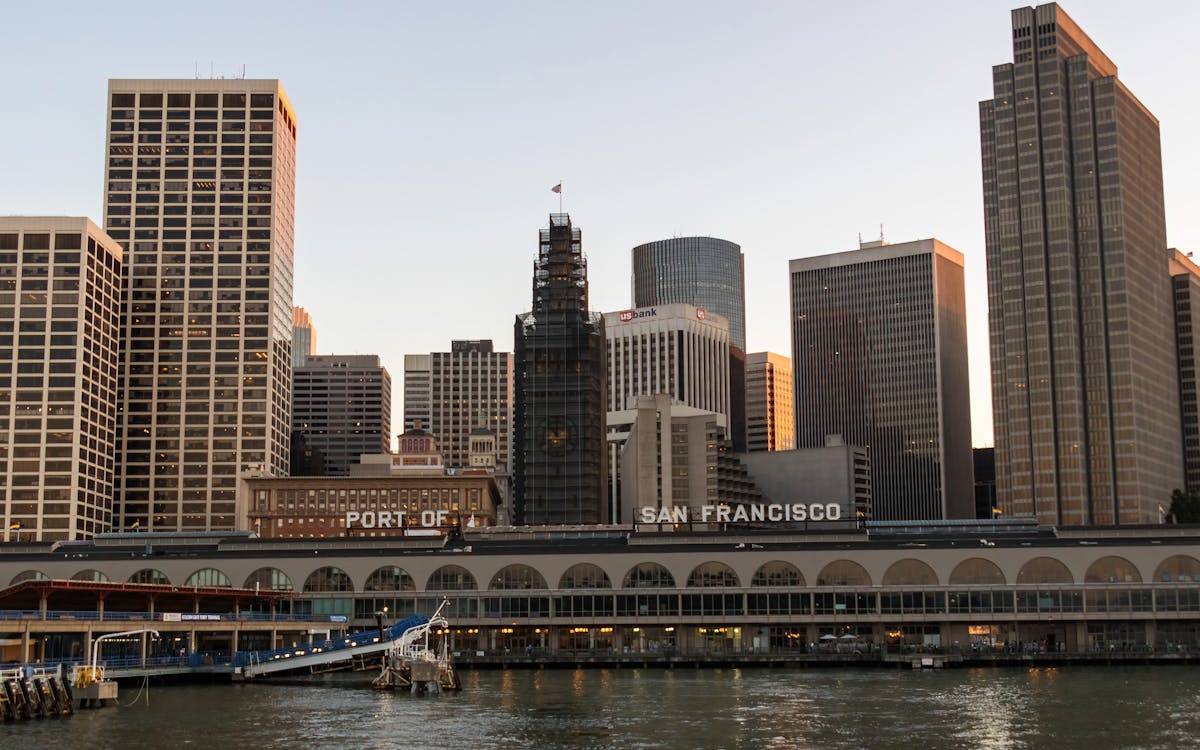
Why Restoration Matters More Than Ever in the Bay Area
Over the last couple of decades, the San Francisco Bay has weathered the impact of urban development, commercial development, and climate modification. When teeming with wild animals and lavish marshes, a number of the bay's all-natural ecosystems have actually been fragmented or weakened. Yet amid these difficulties, something remarkable is taking place: regional homeowners, volunteers, and grassroots campaigns are leading a wave of ecological restoration that's bringing new life back to the Bay.
Reconstruction isn't just about growing trees or cleaning up garbage, though those initiatives are necessary. It's about rebuilding the structures of life, from marsh yards that support fish baby rooms to coastline barriers that defend against flooding. And in this region, the power of neighborhood participation is turning the tide really realistically.
From Marshland to Miracle: The Return of Native Habitats
Among one of the most visible modifications taking place in the Bay Area is the re-emergence of native habitats. Wetlands that were once drained or led over are being rehydrated and replanted. Lawns and shrubs aboriginal to the area are being cultivated by community teams, that usually rely on local volunteers to aid expand seed startings and handle controlled growing events.
These indigenous plants do more than add greenery to the landscape. They provide haven to migratory birds, pollinators, and little mammals, producing pockets of biodiversity amidst active urban zones. As these environments increase, so does the environmental health and wellness of the Bay itself. When regional homeowners take time out of their weekend breaks to obtain their hands in the soil, they're not just planting-- they're participating in the repair of a living, breathing ecosystem.
The Role of Education in Fostering Environmental Stewards
Education plays an important component in why these community-led efforts are working so well. Schools, neighborhood centers, and not-for-profit teams are arranging hands-on discovering experiences where individuals of any ages can comprehend the science and significance of restoration. These programs frequently bring people one-on-one with concerns like disintegration, air pollution, and sea level rise-- subjects that can feel abstract until they're seen up close.
When someone sees the fragile equilibrium of an estuary or finds out just how a single plant varieties can filter contaminants from the water, the value of that knowledge comes to be personal. And with that said understanding comes the inspiration to act. Restoring ecosystems comes to be less of a job and more of a goal. This deep connection to neighborhood spaces is what establishes the Bay Area apart and fuels the lasting success of these efforts.
Taking Advantage Of the Digital World to Drive Real-World Change
Remarkably, the press to heal the Bay's ecological communities isn't taking place in isolation from the electronic globe. Innovation is coming to be a powerful tool in rallying assistance, spreading out awareness, and attaching areas. Whether via resident science applications that track native types or neighborhood online forums arranging restoration events, the on the internet room is enhancing boots-on-the-ground action.
Recently, even local outreach approaches have actually evolved. For instance, a social media marketing agency in the Bay Area might sustain ecological campaigns by assisting volunteers enhance their impact, inform their tales, and influence others to get involved. These electronic touchpoints have the power to transform a little weekend cleaning into a regional activity just by letting individuals understand it's taking place-- which it matters.
Email Campaigns That Inspire and Inform Local Change-Makers
An additional digital technique making a tangible difference is e-mail communication. Updates concerning reconstruction events, seasonal growing efforts, and contribution drives are usually shared with carefully crafted e-newsletters that strike a balance in between being useful and motivating. It's not uncommon for a well-timed project from an email marketing agency in San Francisco to bring a rush of volunteers or contributions to a task in need.
These email campaigns aren't simply transactional-- they're transformative. By educating customers concerning the direct effect their participation has, they support lasting engagement. Visitors involve feel like stakeholders in the health of their region, which psychological connection equates to lasting dedication.
The Unseen Work of Connecting Data, Communities, and Nature
Behind every effective restoration project lies a complex web of sychronisation. There's research study to recognize what environments require most, area responses to form comprehensive strategies, and follow-up surveillance to make certain success. This sort of recurring initiative often requires not simply heart, yet information, approach, and interaction.
That's where recommended reading the assistance of a digital marketing company in the Bay Area can make a quiet yet critical distinction. By helping companies develop strong electronic platforms, collect understandings, and refine their messaging, these groups allow community teams to scale their impact. The outcome is a much more linked and effective movement, where every activity counts, and every person seems like they're part of something larger.
The Power of People in Preserving the Bay's Future
If there's something the Bay Area has actually shown, it's that restoration does not need to start with large organizations or massive budget plans. It can begin with one neighbor drawing weeds from a trail, one trainee growing a native sapling, or one family members showing up to a coastline cleaning. These small activities build up, especially when they're supported by clever strategies and shown the more comprehensive community.
There's something distinctively enthusiastic concerning seeing the tides turn-- both figuratively and actually-- for nature. The Bay is much from totally restored, but it's being restored everyday via the persistence and care of those who call this place home. With each marsh rebuilt and each native types secured, we're not simply recovering ecological communities-- we're picturing what's possible when neighborhoods lead with function.
Keep following this blog for more stories on local change, community impact, and the means you can be part of protecting the all-natural beauty that borders us.